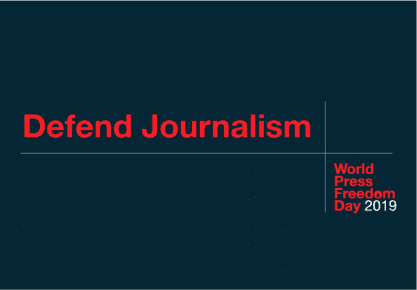There are no official documents that specify the exact projects being implemented under the Belt and Road Initiative in Cambodia.
However, the projects that are believed to come under the BRI include: seven major bridges, including the Cambodia-China Friendship Bridge; a new airport in Siem Reap costing $880 million; railway infrastructure developments and renovation projects; and electricity generation infrastructure, including the 194-MW Kemchay Dam, constructed in 2016 with Chinese assistance, and the 400-MW, $928-million Lower Sesan II Hydropower Plant.
Other projects include special economic zones, upgrades to the deep-water Sihanouk Autonomous Port, the Cambodia-China Cultural Village in Beijing, and Cambodian trade centers in some provinces of China.
Though the boundary between BRI projects and overall Chinese investment is imprecise, it is clear that both have increased considerably from year to year. In 2017, total Chinese investments accounted for 27 percent of foreign investment with a value of $1.43 billion, before rising to $3.6 billion in 2018.
Due to this rapid rise and Beijing’s BRI push, many journalists have tried to follow these developments. However, some complain that it is hard for them to get responses from Chinese officials and companies.
VOA reporter Sun Narin has covered several stories related to Chinese investment and BRI projects in Cambodia. He said he always sought comment from both the embassy in Phnom Penh and the companies running the projects, but he has rarely received any responses.
He wanted to produce balanced reports, but “we don’t get any response from the Chinese Embassy.”
“We’ve tried calling them and emailing them,” Narin said.
Vann Vichar, a freelance journalist who recently wrote about the benefits of Chinese investment in Cambodia, said he faced similar issues.
“I tried for an interview, but it is not easy to contact them so I decided to use data from investment papers instead,” Vichar said.
He acknowledged, however, that the Chinese Embassy in recent months had been putting more effort into posting updates about current incidents on its Facebook page.
Freelance journalist Danielle Keeton-Olsen, who has written on Chinese businesses, investment and workers in Cambodia over the past two years, said Chinese businesses were harder to connect with due to the language barrier and their apparent unwillingness to talk to the media.
“They might also have less of a culture of helping or filing whistleblower accounts to the media,” she said. “Plus, we don’t really have summary statistics on how many Chinese businesses are in Cambodia, how much they’re investing in the country, and what they’re really doing here, and the Cambodian government doesn’t seem to have a full picture either.”
Nevertheless, Keeton-Olsen said she had been able to speak to some business owners and employees by working with a co-reporter who speaks Mandarin.
“[I] just found I need to be more creative in the way that I approach Chinese businesses, and then they are willing to talk with me,” she said.
A Chinese former journalist, who would only speak anonymously, said journalists simply needed to try harder instead of falling back on the stereotype that it was difficult to get comment from Chinese contacts.
“I think showing up [in person] is very important, and [shows] commitment. That’s what good journalists should do,” she said.
The Chinese Embassy in Phnom Penh did not respond to requests for comment.
Cambodia-China Journalist Association (CCJA) co-chairman Soy Sopheap said he would attempt to facilitate a solution for journalists’ difficulties.
“We will try our best to collect all feedback to pass on to the Chinese side who co-chairs CCJA,” Sopheap said.
It should not be an issue to open up more access to information about “good development,” he said.
The problem is not exclusive to journalists working in Cambodia.
On May 28 and 29, the Earth Journalism Network of Internews and Chinadialogue jointly organized a workshop under the theme “Reporting the Socio-Environmental Impacts of the Belt and Road Initiative (BRI).”
In that workshop, journalists from Asean member states such as Vietnam, Thailand, Laos and Malaysian shared similar experiences.
Journalists from those countries said it was difficult to get comment from Chinese officials, and that information related to the BRI was particularly hard to come by.
Sun Sokhen is an editor at VOD.













